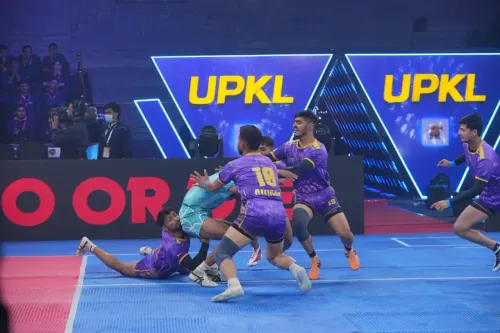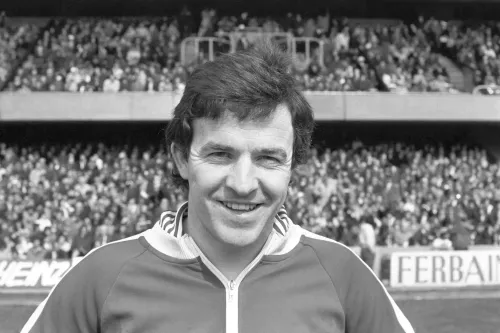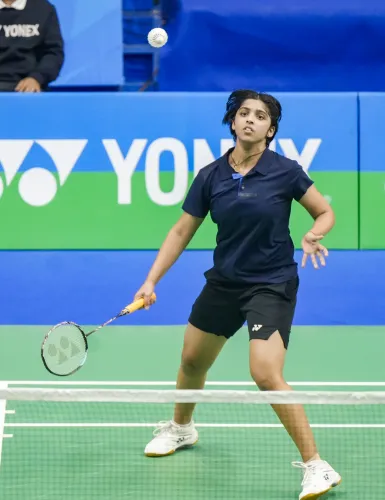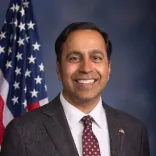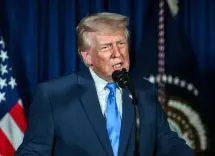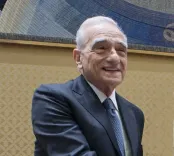How Are US Host Cities Shaping the Legacy of the 2026 FIFA World Cup?
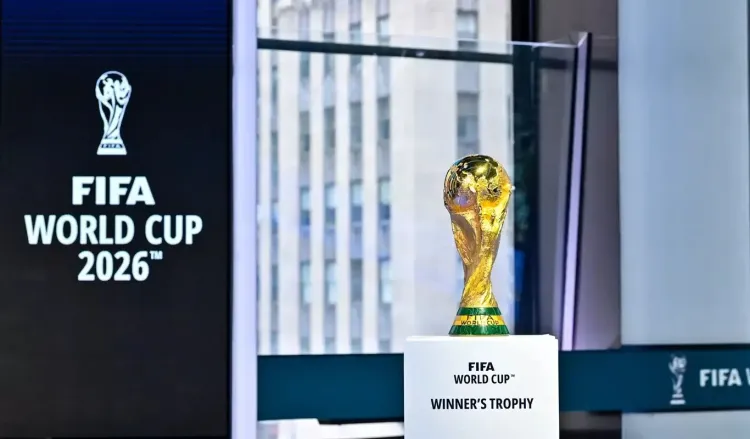
Synopsis
Key Takeaways
- 2026 FIFA World Cup to drive long-term community impact.
- Seattle's Chinese American Art Legacy Project highlights cultural contributions.
- Focus on youth sports access across host cities.
- Local initiatives aim to foster cultural inclusion.
- Free public viewing zones and grassroots partnerships planned.
New York, June 11 (NationPress) As we approach the one-year mark before the 2026 FIFA World Cup, officials from all 11 host cities in the United States have unveiled strategies aimed at ensuring the tournament fosters enduring community benefits, focusing on cultural equity, infrastructure, and access to youth sports.
During a panel discussion on Monday at the Paley Center for Media in New York, city representatives outlined initiatives designed to enhance cultural inclusion, broaden youth opportunities, and invest in essential public infrastructure.
A standout initiative is Seattle's Chinese American Art Legacy Project, a $250,000 city-funded program that seeks to showcase the historical contributions of Chinese Americans in the city's Chinatown-International District, as reported by Xinhua.
April Putney, a spokesperson for Seattle's host committee, emphasized that this project embodies the city's people-focused legacy strategy. "We are collaborating closely with local communities," Putney remarked. "It’s not merely about hosting matches; it’s about including everyone in the narrative."
When asked by Xinhua, Putney highlighted that the Chinatown area, located just a short walk from the stadium, is integral to Seattle's fan and cultural programming. "We are eager for local businesses and residents to reap direct benefits," she added.
Other cities are adopting similar localized strategies: Los Angeles is providing grants to community nonprofits; Miami is organizing a culturally rich Fan Festival; Kansas City is testing a new regional transit model; and Dallas is focused on enhancing youth soccer infrastructure and media capacity.
While FIFA manages the tournament’s competitive framework, U.S. cities are dedicated to making the event inclusive and locally relevant. Plans for free public viewing zones, grassroots collaborations, and regional branding initiatives are all part of a comprehensive strategy to leverage the World Cup as a platform for lasting civic advantage.
The 2026 tournament will take place across 16 cities in the U.S., Canada, and Mexico, with the United States hosting 60 matches, including the final.


